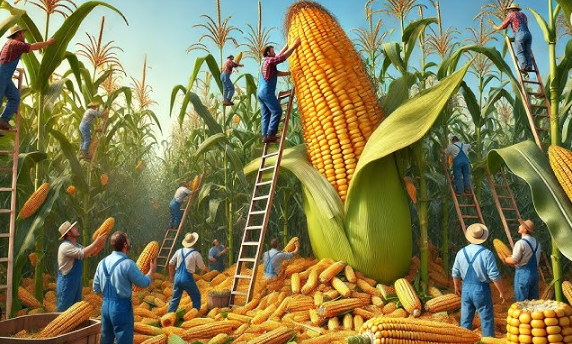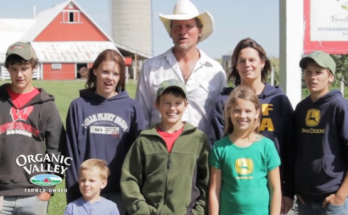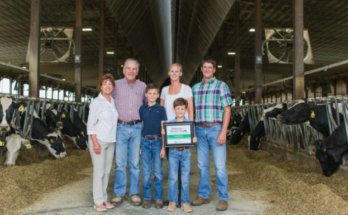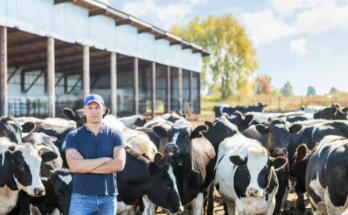How farmers harvest corn and produce canned corn in factories – farm | Sustainable Farming Step into the heart of sustainable farming with Bon Garden as we uncover the incredible process of corn cultivation, harvest, and production. From the lush fields of Kansas to sweet corn farms on terraces, this video brings you captivating corn harvest drone footage and a deep dive into the methods that American farmers use to grow and harvest ripe corn. We explore the journey of corn from planting seeds in rich soil to harvesting it in the peak season, with powerful farm engines and specialized techniques that help ensure a bountiful corn harvest.

### How Farmers Harvest Corn and Produce Canned Corn in Factories: Sustainable Farming Practices
Corn farming is an integral part of the agricultural industry in many countries, particularly in the United States. It is a versatile crop used for food, animal feed, and industrial products. Harvesting corn and processing it into products like canned corn requires careful planning, efficient farming techniques, and a collaborative effort with food processing factories. The process, from planting to harvesting and ultimately canning, involves several stages where sustainability, budgeting, and market trends play crucial roles.
### Spending and Budgeting for Corn Farming
Corn farming is a capital-intensive venture, with significant upfront and operational costs. Farmers begin by budgeting for seeds, soil preparation, fertilizers, and pesticides—essential inputs to grow a healthy corn crop. The cost of seeds can vary depending on the corn variety, with sweet corn (for canning) generally costing more due to its specific growing needs.
In addition to seed costs, farmers need to budget for the machinery required to plant, irrigate, and harvest the corn. This includes tractors, plows, seeders, and specialized equipment for irrigating large fields. These machines, along with maintenance costs, are often a significant financial investment, though they can increase efficiency in the long run.
Another critical expense is labor. While much of corn farming is mechanized, farmers still need seasonal workers for tasks like planting, maintaining crops, and harvesting. During peak seasons, labor costs can rise as workers are required for the time-sensitive nature of corn harvesting.
Once the corn is harvested, the next phase is sending it to a processing factory. Here, costs shift to transportation and factory processing. Sustainable farmers might focus on reducing energy usage during transportation or seek out eco-friendly packaging options to meet growing consumer demand for sustainable products.
### Harvesting and Processing Corn
Corn is typically harvested when the kernels reach full maturity, with the process beginning in late summer or early fall, depending on the region. Farmers monitor the crops closely to ensure they are harvested at the right time, as premature or delayed harvesting can affect the quality of the corn. The corn is then collected using specialized harvesting machinery that separates the ears of corn from the stalks.
Once harvested, corn destined for canning is sent to food processing factories. At the factory, the corn is husked, blanched (briefly boiled), and then canned, usually with water and sometimes salt. The canned corn is sealed in airtight containers to preserve its shelf life. Factories must adhere to strict food safety regulations, and the canning process is carefully monitored to ensure product consistency and quality.
Sustainability has become an important aspect of both farming and food processing. Many farms use crop rotation to maintain soil health and reduce reliance on chemical fertilizers. In the canning process, energy efficiency is a priority, and factories may use sustainable energy sources or recycle water used during production. Additionally, packaging materials are increasingly being sourced from recycled or biodegradable materials to meet consumer preferences for eco-friendly products.
### Market Trends, Financial Reports, and Support for Farmers
Farmers rely on financial reports, market trends, and government programs to manage their budgets effectively. Reports from agencies like the U.S. Department of Agriculture (USDA) provide information on corn production forecasts, price trends, and market demand. By staying informed, farmers can make strategic decisions about planting and harvesting times and anticipate changes in pricing or supply chain disruptions.
The USDA also offers financial assistance programs for farmers, including loans and subsidies for sustainable farming practices, equipment, and environmental conservation projects. These programs help reduce financial risk and support farmers in maintaining environmentally friendly practices.
Furthermore, farmer cooperatives and organizations like the National Corn Growers Association (NCGA) provide networking opportunities, resources, and advocacy for corn farmers. Through these groups, farmers can access information on best practices, sustainable farming methods, and government policies that impact their operations.
### Conclusion
The journey from corn farming to canned corn involves careful budgeting, sustainable practices, and close coordination with food processing factories. Farmers invest in machinery, labor, and inputs to grow high-quality crops, while food processors focus on efficient and safe canning methods. By staying informed about market trends and accessing available resources, farmers can continue to thrive in a competitive and environmentally conscious industry.



